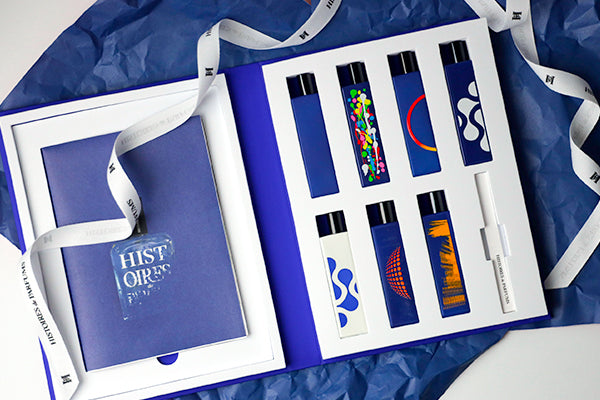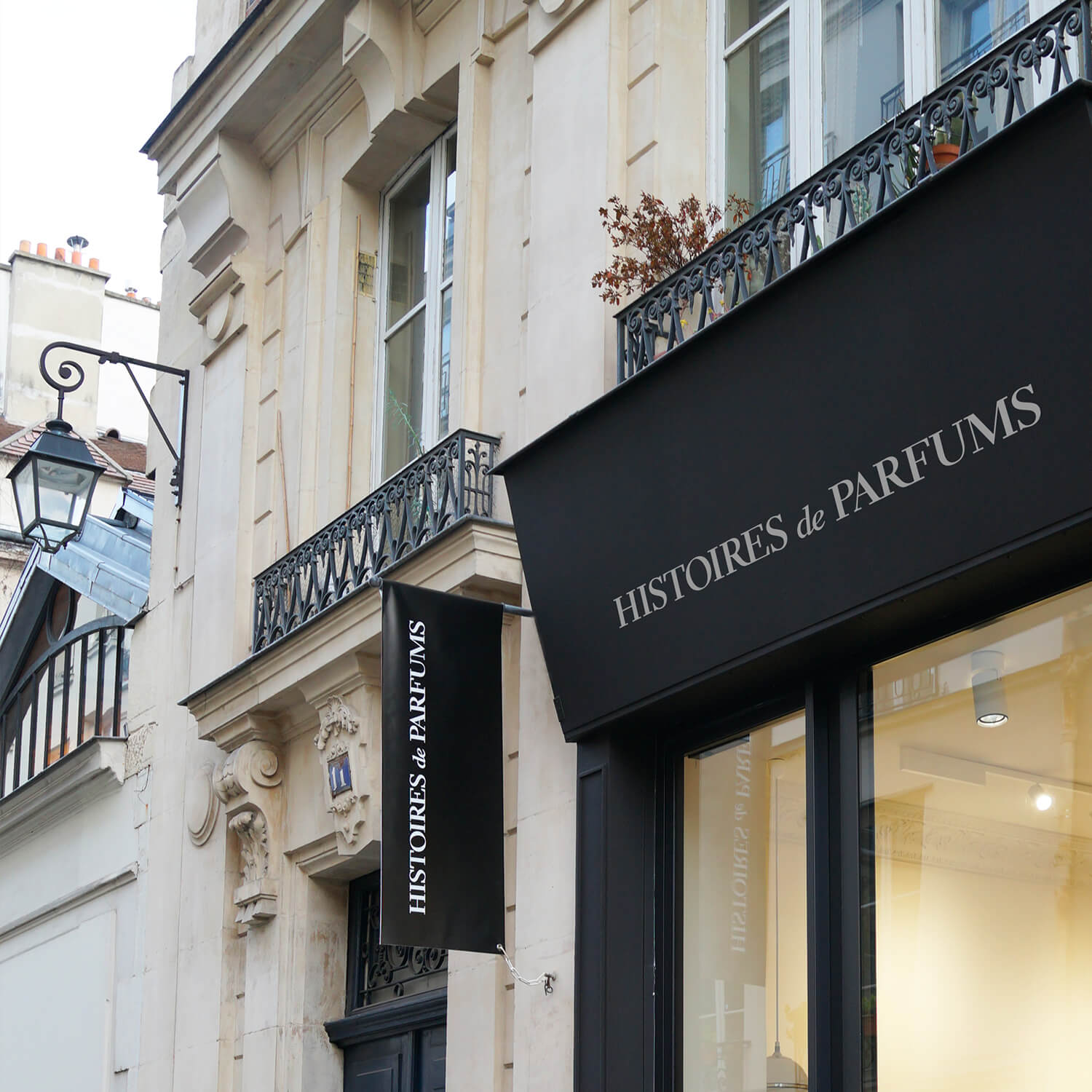The Violet
Violets are found in numerous Greek mythologies...
Apollo courts Io the nymph, but she refuses him. Taken by fury, he transforms her into a violet. This is how the flower became a symbol of chastity. In the tale of Aphrodite, the goddess is forced to marry Hephaistos, god of the blacksmiths known as the ugliest of all gods. In order to seduce his spouse, Hephaistos makes himself a crown of violets, of which the sweet and sensual scent eventually charms Aphrodite.
Throughout antiquity, violets were used for their medicinal properties. The Romans used it in creams and teas to aid with expectoration and to fight respiratory problems. This practice persists throughout the Middle Ages. At the beginning of the Renaissance, French kings would also use violets in powders to fight body odor.
Introduced in the middle of the XVIIIth century to the city of Grasse in southern France, the Violet of Parma was used to prepare perfumes. Its sweet, young and airy fragrance makes conjures the thought of dewy mountains. Associated with simplicity and modesty, the violet became one of the most sought-after flowers in the world of perfumery. The flower will then go on to reach its peak during the reign of queen Victoria.
In 1814, before setting sail on the ship that would bring him to the island of Elbe for his first exile, Napoleon announces to his soldiers that he would return "with the violets", meaning that he would return at the beginning of spring. Since then, his partisans began calling him "Corporal Violet" and adopted the violet as their emblem. When Napoleon returned during the hundred days of his exile, all of his partisans clipped violets onto their shirts. The Bonapartist symbol was so enduring, that the following French politicians prohibited all reproductions of the violet until 1874.
Today, the violet has become an essential raw material in the world of perfumery. While the light and slightly fruity smell is largely used in women's perfumes, it is also used today in men's perfumes drawing on fine woody, floral and youthful scents.
Violets are harvested between January and April. The flowers fragrant the market with their perfume, the same way sweets fragrant a candy store. In perfumery, only stems and petals distilled in volatile solvents are used to create the fragrance. However, the flowers do not yield much, which explains why the process is so expensive. The subtle Violet of Parma, and the pungent Violet Victoria are the two flowers used in perfumery.







Leave a comment
This site is protected by hCaptcha and the hCaptcha Privacy Policy and Terms of Service apply.